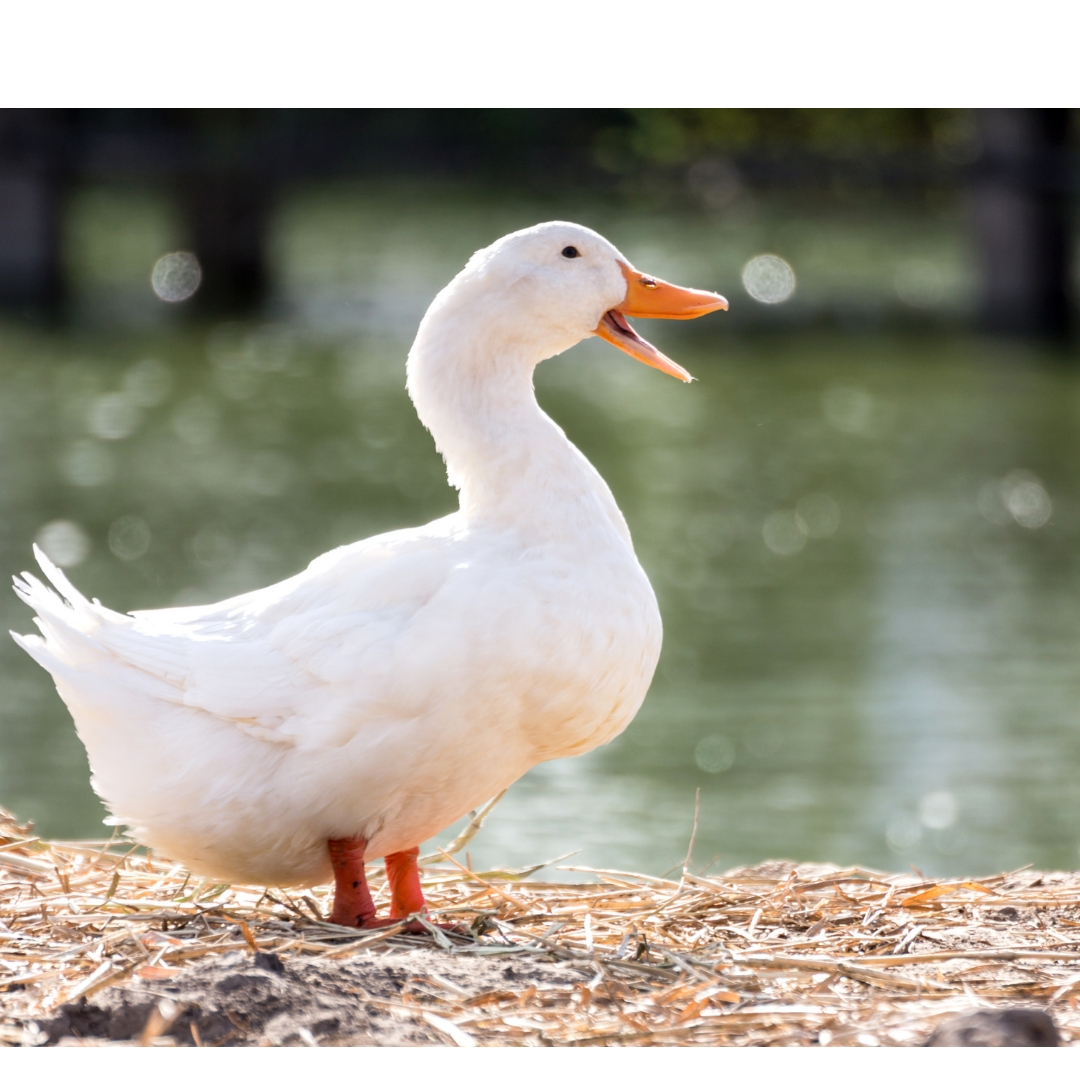In the past few years, families across America have begun tending small flocks of backyard chickens for good reasons. They are fun, produce delicious eggs, and are a wonderful way for children to learn where food really comes from. Ducks offer the benefits of chickens yet far fewer people keep them.
Chickens and ducks have similarities and some major differences. Both species were domesticated from wild ancestors thousands of years ago. Chickens originated from wild jungle fowl while most domestic ducks trace their ancestry to mallards, a common wild bird across most of the northern hemisphere. Over the years selective breeding has developed dozens of chicken and duck breeds. Some are outstanding egg layers, while others bulk up quickly and provide delicious meat. Many duck and chicken breeds are beautifully colored and their backyard antics are comical and fun to watch.

Nearly everyone is familiar with the common wild mallard. It’s the duck most often seen swimming in city park ponds. Colorful drakes, or males, have a near iridescent green head and creamy colored body. In comparison, females are a mottled brown that helps camouflage them when sitting on a nest hidden in pond-side vegetation.
It’s still possible to buy and raise mallard ducklings but more often people choose one of the many breeds developed from this wild parent.
Duck breeds range in size from diminutive, like the Call breed that rarely reaches two pounds, to the Aylesbury, a meat breed that can tip the scale at 12 pounds. Some breeds, like runners are upright and comical as they scamper around a backyard. Others waddle. Small breeds usually are adept flyers and can easily clear a low fence while heavy breeds struggle to get airborne and are easier to confine.
Probably the Pekin is the most popular domestic duck breed for good reason. They’re calm, grow fast, taste good, and lay between 150 and 200 eggs a year. Pekins are pure white, easy to raise, and can’t fly very well. A second popular breed is the Rouen which looks exactly like wild Mallards but are about twice as big. Both Pekins and Rouens are dual purpose ducks that that are readily available.
People who believe that chickens are the world’s egg laying champions would be astonished to learn that some duck breeds and hybrids lay as many eggs as White Leghorns or Rhode Island Reds. Probably the best laying pure breed duck is the Khaki Campbell. Some have laid as many as 350 white eggs a year. Hoover’s Hatchery Golden 300 Hybrid and White Layer each produce between 200 and 290 eggs every year.
Some folks think duck eggs have a strong taste that may be caused by the birds eating odorous food. When given a wholesome diet, duck eggs are as tasty and nutritious as any chicken’s. Ducks and their eggs are especially prized in Asia, where their down is also harvested and used for insulation in pricey sleeping bags and jackets.
The only common domestic duck that doesn’t trace its ancestry to the Mallard is the comical Muscovy. It is a wild bird in Central and South America that was domesticated before Columbus set foot in the New World. Muscovies are huge! A big drake can weigh 14 pounds. Most Muscovies are adept flyers that love to perch in trees. Muscovies are individualists and comical. They are outstanding setters and mothers and produce delicious meat. They aren’t super egg layers but are fun to be around. Muscovies have red wart-like growths on their heads called caruncles and a crest of feathers they can raise or lower. They’re mostly mute, never quack but can hiss. Our favorite was “Mr. Muscovy” a duck that lived at the Dillon Nature Center in Kansas. Each evening he would waddle up to the window as we supped and perform his “starving duck act” trying to gain sympathy. It might have worked except we regularly caught him red handed raiding lunch bags of school children when they were off adventuring with the naturalist.